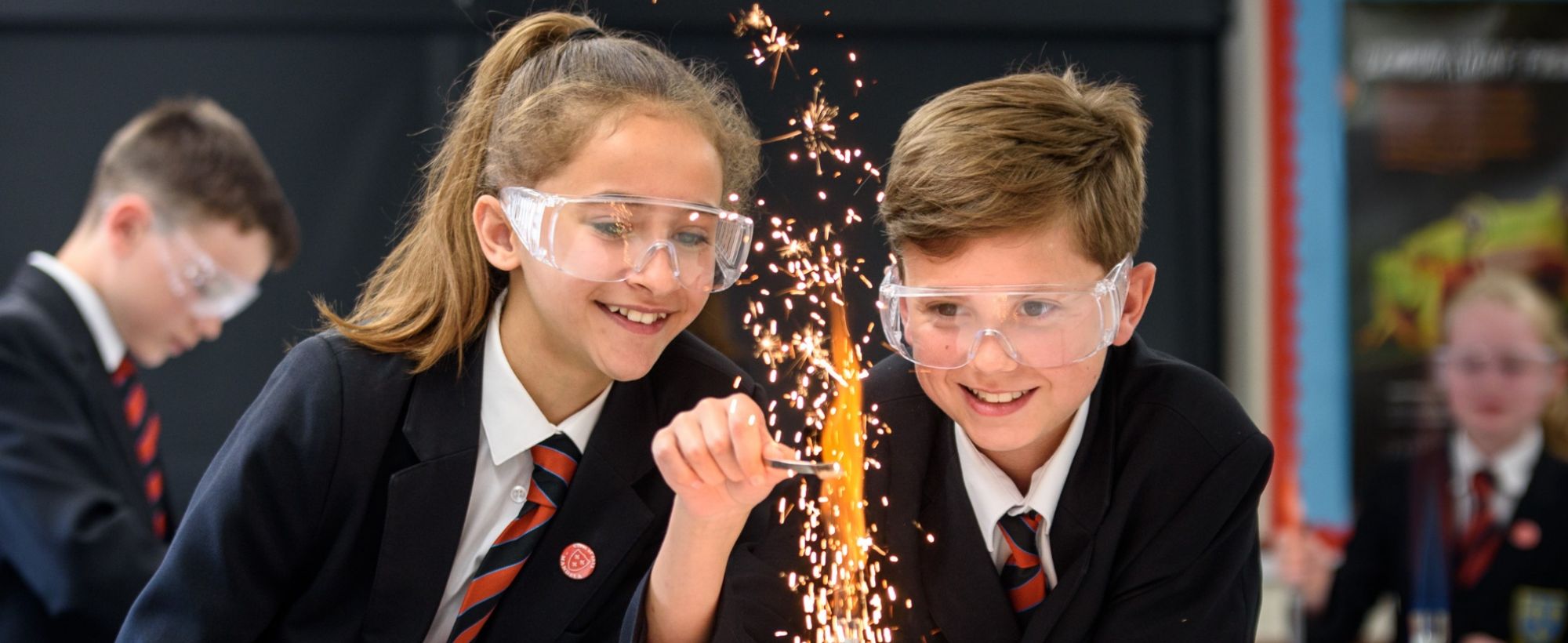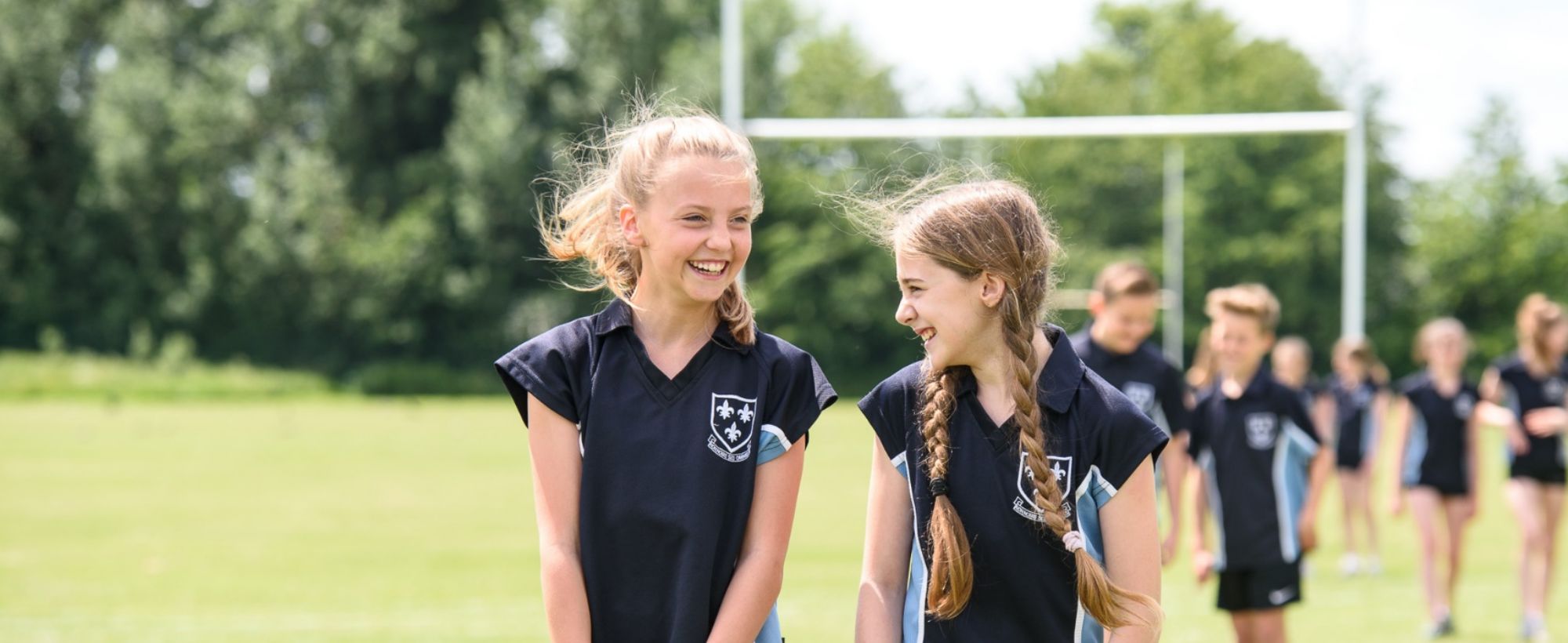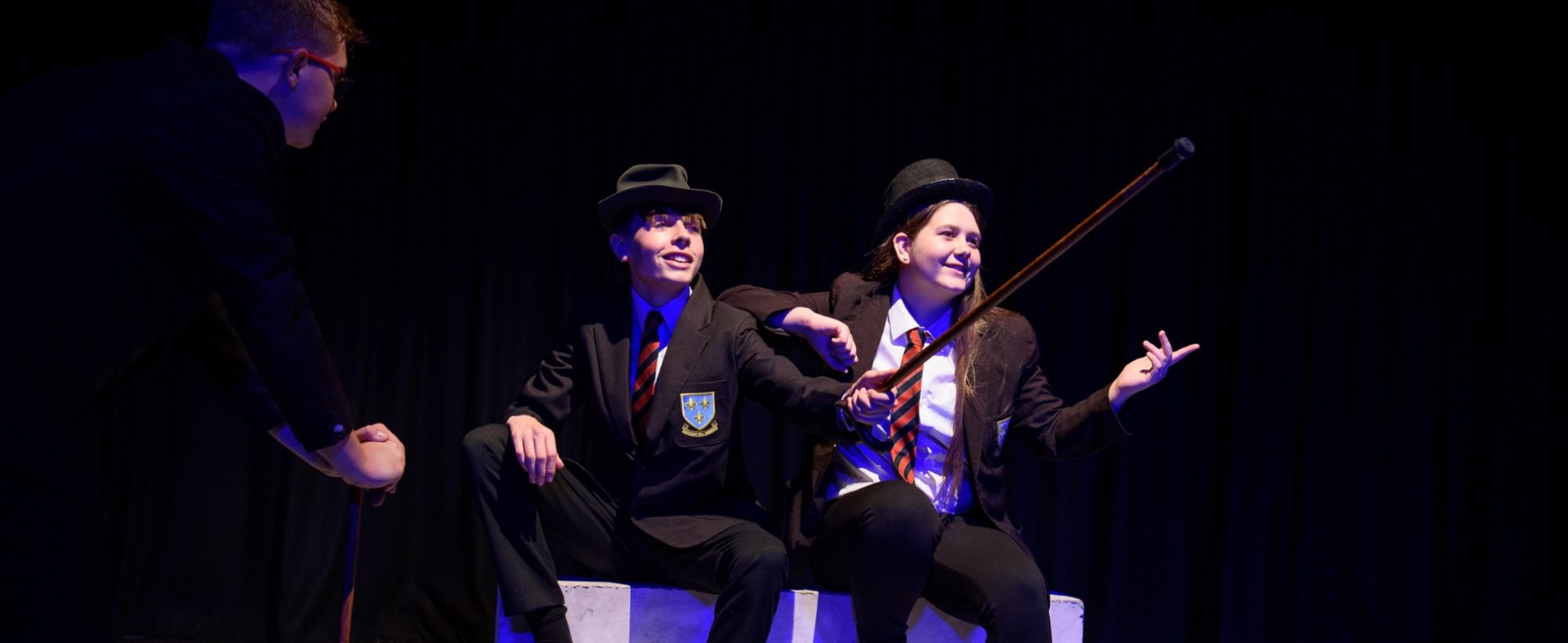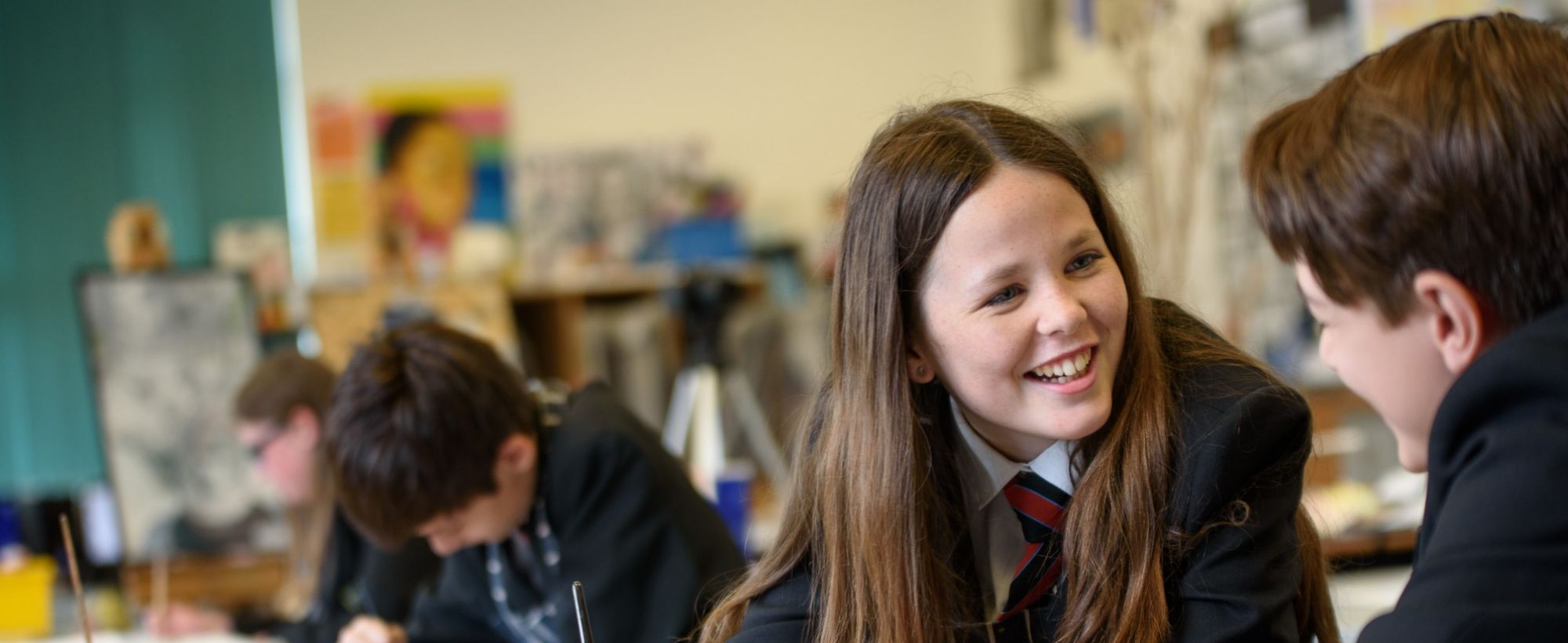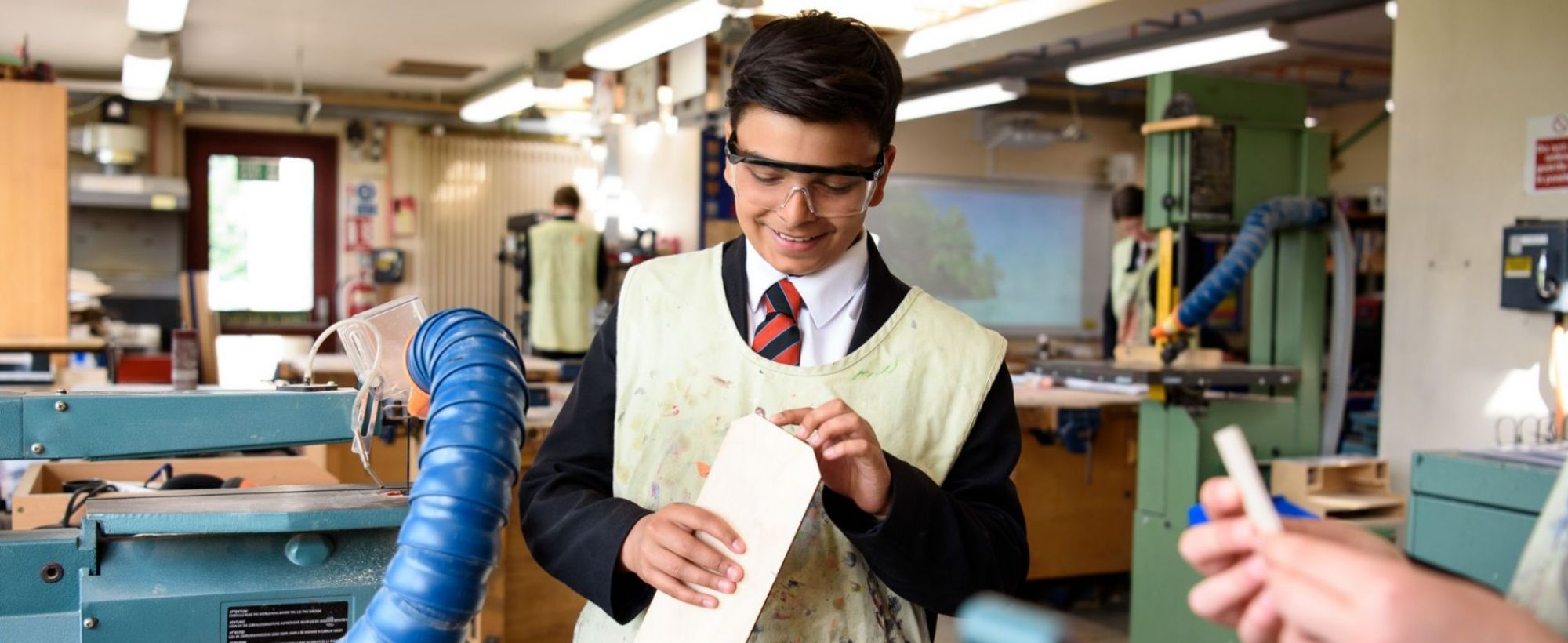GCSE Art
What is GCSE Art all about?
Art Options Information Video Part 1
Key Subject Aims
This specification aims to develop:
- Creative and imaginative ability and the practical skills for engaging with responding to the work of existing artists, designers and crafts people (Researching artists).
- Investigating and experimenting with a range of media and techniques in order to develop ideas for their own art work (Experimenting with materials and techniques).
- Developing and improving practical observations skills to improve the quality of all art work including drawing, painting, printmaking and ceramics and any other chosen medium (learning how to produce successful realistic images)
- Designing and planning personal outcomes in response to their research (planning for their own final pieces).
- Personal attributes including self-confidence, resilience, perseverance, self-discipline and commitment.
After GCSE Art & Design you may decide to go onto one of the many sixth form centres offering a variety of advanced courses in Art and Design based subjects. Career opportunities are many and varied including advertising, photography, marketing, graphic design, interior design, fashion design, industrial design, computer graphics, photo journalism, set designer, illustrator, textiles, printing, sculpture, film maker, commercial work, teaching, costumier and painter.
Art Options Information Video Part 2
Assessment
At the end of the course, you will be marked on the following TWO units, ASSESSMENT will carry the following weighting of marks: Personal Portfolio = 60% Ten hour test = 40%
- Unit 1. Personal Portfolio (coursework) – This unit will be supported by the work journal, which contains evidence of the development of your ideas, including references to the work of other artists, showing understanding of meanings, contexts, and the ability to make skilled judgements using an appropriate visual/verbal form and a final piece.
- Unit 2. Externally Set Assignment (Exam) – 10 Hour Test. You will be given a period of time to enable you to prepare your ideas in support of your exam piece, in your work journal with support from your teacher.
Year 10 Options
In Year 10 students can opt to take one of three Art and Design courses available at the college. These are:
GCSE Art
| GCSE Art | 1FA0 |
Documentary photography: The use of a range of photography materials, tools and techniques such as compositions, proximity to the subject, focal points and the involvement of the photographer with the scene being documented.
Photo-journalism: The use of a range of photo-journalism materials, tools and techniques such as manipulation of images for artistic effect through depth of field, shutter speed, focal points and viewpoints.
Studio photography: The use of a range of studio photography materials, tools and techniques such as lighting and the use of light, props, posing and the arrangement of objects.
Location photography: The use of a range of location photography materials, tools and techniques such as lighting and light metering and developing site-specific shoot plans.
Experimental imagery: use of experimental imagery materials, Photoshop or other digital editing software or manual manipulation.
Please note that students are not restricted to use only two from the list above, they are able to use any other mediums they wish to in addition.
Art, Craft and Design
Overview
The GCSE in Art, Craft and Design is a broad and flexible course that requires students to develop an appreciation of the creative process through a practical response, using a variety of two-dimensional and three-dimensional media, materials, techniques and processes. Students should explore critically how artists, craftspeople and designers from diverse cultures, times and societies have arrived at solutions and communicated meaning using the formal elements. Students should use this knowledge when developing new ideas, recording observations and creating outcomes which fully realise their personal intentions.
Areas of study
Work must demonstrate integrated knowledge, understanding and skills. Students undertaking the Art, Craft and Design title are required to create work associated with areas of study chosen from at least one from Art (above) and one from photography. The Photography areas of study are listed below:
Documentary photography
- The use of the photographic process to provide a narrative of events and/or situations.
- The use of a range of documentary photography materials, tools and techniques such as compositional, proximity to the subject, focal points and the involvement of the photographer with the scene being documented.
Photo-journalism
- The use of the photographic process to record events as they happen to support the written word.
- The use of a range of photo-journalism materials, tools and techniques such as manipulation of images for artistic effect through depth of field, shutter speed, focal points and viewpoints.
Studio photography
- The use of a formal studio setting to control the environment for a variety of subject matters such as portraiture and still life.
- The use of a range of studio photography materials, tools and techniques such as lighting and the use of light, props, posing and the arrangement of objects.
Location photography
- The use of subject matter found or placed to manipulate the formal elements within an existing environment.
- The use of a range of location photography materials, tools and techniques such as lighting and light metering, developing site-specific shoot plans.
Experimental imagery
- The control of light and photographic processes to create non-traditional photographic outcomes.
- The use of a range of experimental imagery materials, tools and techniques such as analogue and digital photography, manual manipulation and digital and non-digital processes and outcomes.
Installation
- The creation and presentation of photographic artwork for a site-specific space to control and transform viewer perception.
- The use of a range of installation imagery materials, tools and techniques such as location, projection, film, sound, scale and interactivity.
Moving image: film, video and animation
- The recording and use of moving image to communicate a visual narrative
- The use of a range of moving image materials, tools and techniques such as storyboards, scripts, digital, non-digital mixed media methods
GCSE Art Graphic Design
Overview
Art Graphic Design introduces students to a visual way of conveying information, ideas and emotions, using a range of graphic media, processes, techniques and elements such as colour, icons, images, typography and photographs. Students should conduct primary and secondary investigations during their design development, and explore traditional and/or new technologies. They should also consider the use of signs and symbols, and the balance between aesthetic and commercial considerations. Students will also understand that Graphic Design practitioners may work within a small team environment or work as freelance practitioners. They may be responsible for a particular aspect of the Design or Production process or for the entire design cycle. They will need good communication skills in order to liaise with clients and to promote themselves as graphic designers.
Knowledge, understanding and skills in Art Graphic Design.
Students are required to develop the knowledge, understanding and skills outlined on page 7 when undertaking work in Graphic Communication. All knowledge, understanding and skills will be assessed in both components. There are many skills, techniques, materials, processes and concepts that are essential to all areas of study in Graphic Communication. In addition to any specialist requirements listed under the chosen area(s) of study, students should develop a practical knowledge and understanding of:
- The use of formal elements and visual communication through a variety of approaches
- The use of observational skill to record from sources and communicate ideas
- Graphic materials and techniques such as traditional and digital graphics, printing and web-based technologies
- Properties of colour and light such as hue, tint, saturation and tone
- The effects and creative potential of combining and manipulating different two-dimensional and three-dimensional materials and media
- The use of digital and/or non-digital applications.
Areas of study
Work must demonstrate integrated knowledge, understanding and skills. Work is not limited to one area of study and students could develop work in at least one of the following areas of study.
Advertising
- The use of advertising to convey information for clients and audiences that promotes corporate identity.
- The use of traditional graphic media and current technology.
Communication graphics
- The use of communication through graphics to develop solutions for worldwide identity.
- The exploration of traditional and digital graphic media in both two- and three-dimensions.
Design for print
- The use of design-based solutions in media for use in creating visual and written material for public distribution.
- Developing solutions in both traditional print and digital technology.
Illustration
- The use of illustration and narrative to communicate factual, fictional and/or technical ideas for a particular purpose or audience.
- The use of a range of illustration materials, tools and techniques such as digital applications, wet and dry processes and drawing, painting and printing techniques.
Interactive design (including web, app and game)
- The use of interactive technology such as web-based, mobile and other personal devices, television and games to communicate with and engage audiences.
- The use of a range of interactive design materials, tools and techniques such as two- and three-dimensional graphics, digital applications and time-based media.
Multi-media
- The use of traditional and non-traditional media to communicate ideas for a range of purposes and audiences.
- The combination of a range of multi-media materials, tools and techniques such as motion graphics, lens-based and digital video, animation and recording in screen-based technology.
Package design
- The functional design of 3D material to protect, promote and communicate brand identity for a range of products and purposes.
- The use of a range of package design materials, tools and techniques such as traditional and non-traditional graphic media and construction processes and materials.
Signage
- The development of signage, which is both specific and worldwide in its application.
- The use of digital and non-digital methods of making symbols and signs.
Typography
- The arrangement and manipulation of type traditional and non-traditional to communicate ideas and create visual interest.
- The use of a range of typographic materials, tools, techniques and elements such as letter forms, fonts and typefaces, digital and non-digital methods.
Other Information
Prior to starting the course in September you will be given research to undertake during the summer vacation. This will form the basis of all work produced in the first year of the course. The second summer break will be spent researching work for the final year.
There will be visits throughout the course to local and national art galleries to view ground breaking art and design from between the 13th and 21st Century first hand in both Year 10 and 11 as well as workshop activities from established artists and designers to learn techniques not usually available in school to enhance student’s knowledge, skills and inspiration.
